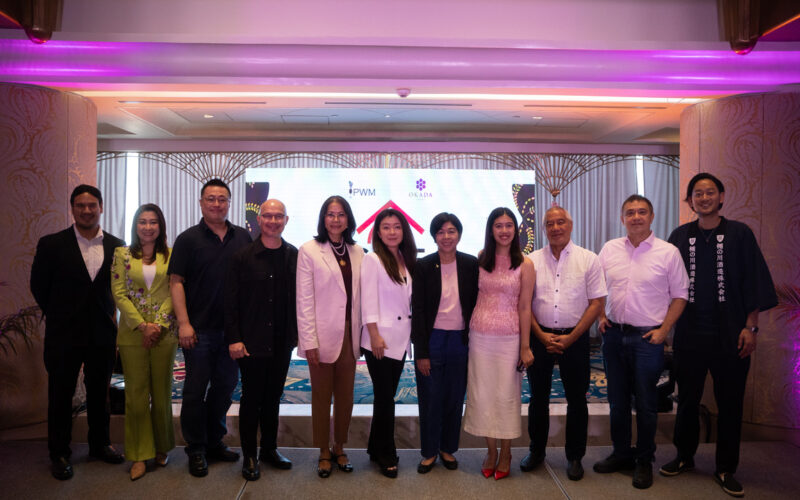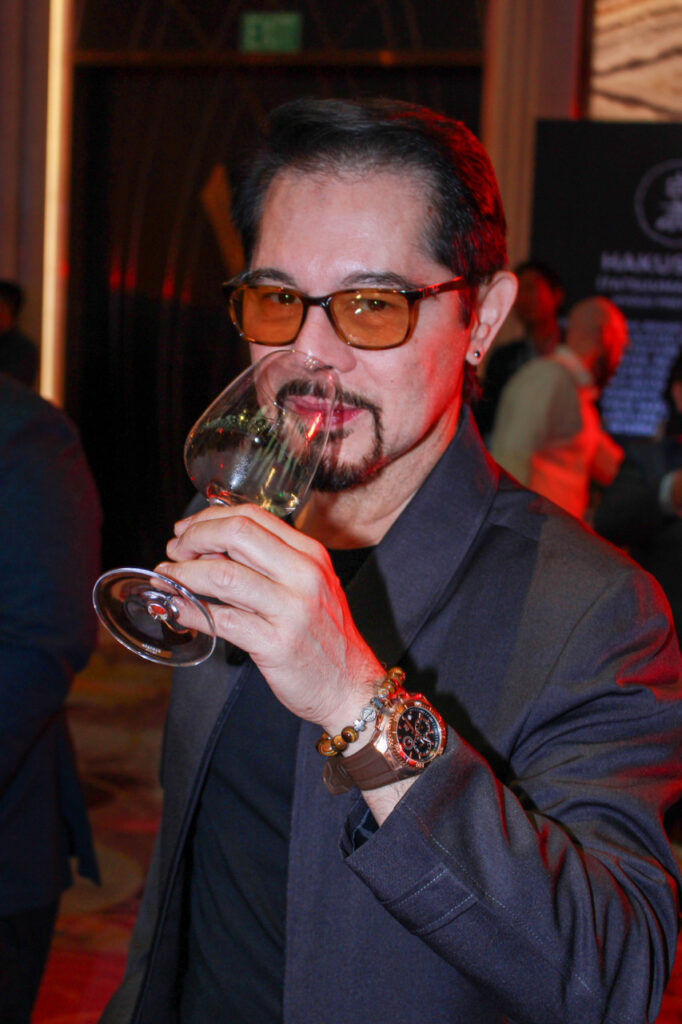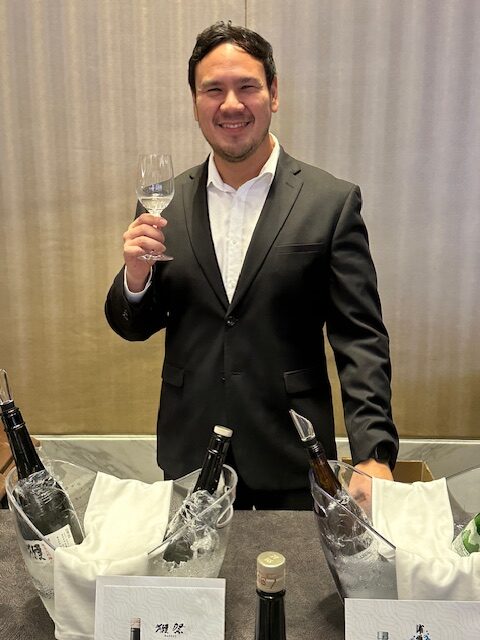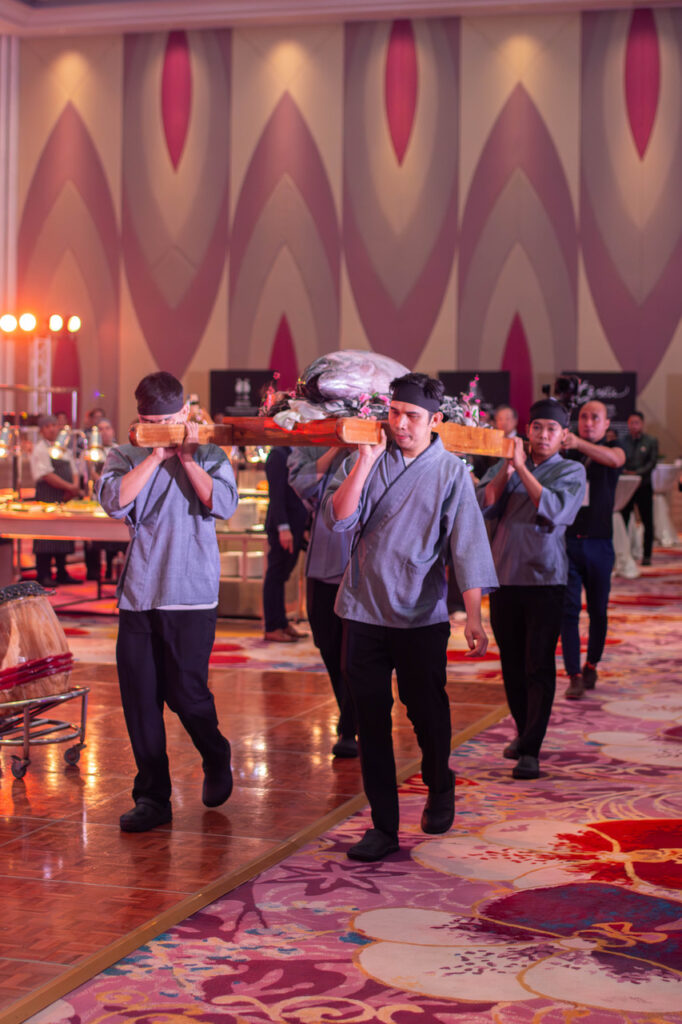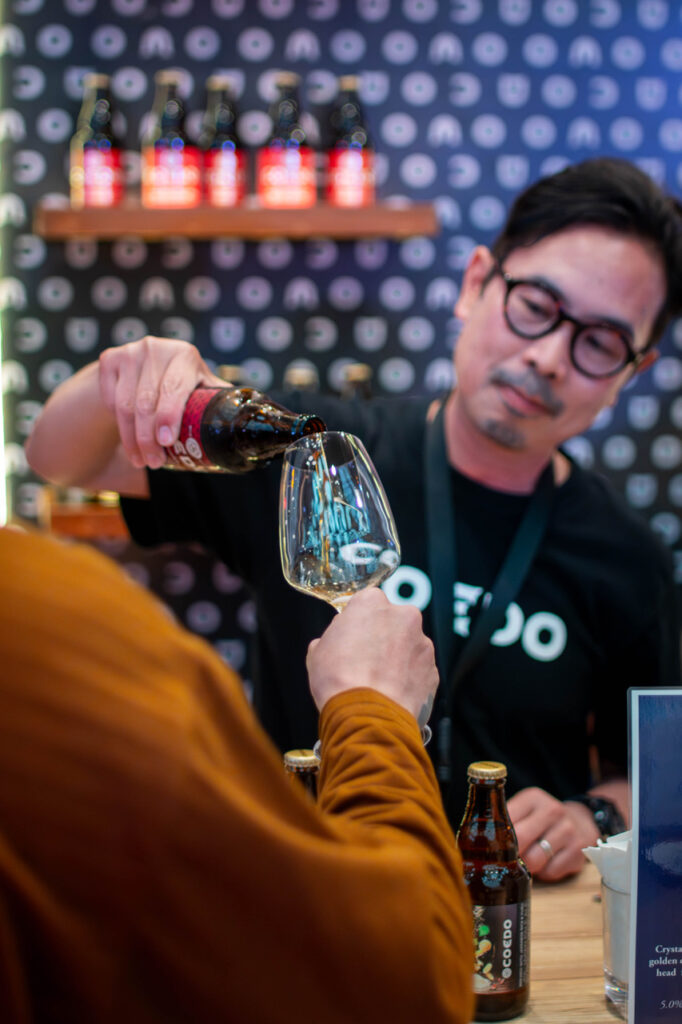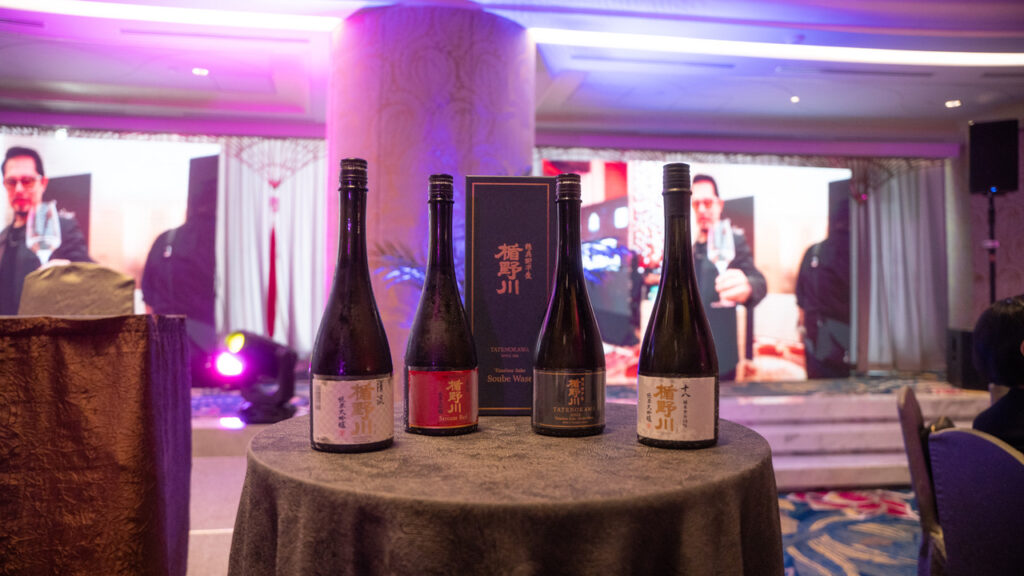The second edition of “Sake Manila” on May 23, at Okada Manila’s grand ballroom, promises to be a bigger gathering with a more diverse selection of sake and Japanese dishes to keep guests happy and buzzing. The event is in partnership with Philippine Wine Merchants, one of the country’s leading dealers of wines and spirits, including authentic Japanese sake.
By ALEX Y. VERGARA
If “Sake Manila’s” experience last year is any indication, the number of sake enthusiasts in the Philippines continues to grow. Billed by Okada Manila and Philippine Wine Merchants (PWM) as a first of its kind in the Philippines, “Sake Manila’s” debut edition saw Japan’s leading sake breweries and masters fly to the Philippines to personally serve and entertain questions from Filipinos about sake.
Despite its huge space, Okada Manila’s grand ballroom was filled. Organizers initially expected close to a thousand people to attend the event, which also featured some of the hotel’s finest sushi, sashimi and Japanese hors d’oeuvres to go with the wide range of sake selections available—more than 200 choices, take note. Instead, more than 1,200 people showed up, prompting organizers to turn away a number of would-be guests. That was when both Okada Manila and PWM decided that they needed to do a part two in 2025.

Thus, the second edition of Sake Manila on May 23, also at Okada Manila’s grand ballroom, promises to be a bigger event with a more diverse selection of sake and Japanese dishes to keep the expected bigger volume of paying guests happy.
The Josephs, the family behind PWM, were surprised at such a huge turnout. But in hindsight, they kind of expected it because of the groundwork they did promoting sake years earlier. As recent as the late 2000s, very few Filipinos were familiar with sake. Yes, many have heard, seen and read about the iconic Japanese drink in books, movies and TV shows. But as a drink of choice among Filipinos, it paled in comparison to wines.
“Prior to ‘Sake Manila,’ for instance, we had these pocket events called sake sessions,” said PWM director Robi Joseph, son of the late Bobby Joseph, one of the company’s founders. “We invited small pockets of sake enthusiasts to sample sake in various restaurants.”
Years earlier, PWM was also among the first local dealers to bring in sake to the Philippines, gradually introducing the drink to Filipinos. It was only a matter of time before a local sake fan-base, so to speak, began demanding finer and more expensive sake options as their taste became more sophisticated.
Robi recalled that PWM started introducing Filipinos to sake through Gekkeikan, a popular brand of sake. Response was good, and from there, the company slowly expanded by introducing more premium options such as Dasai, Masumi and Tatenokawa, to name a few. The latter brand, with prices ranging from P2,000 to P9,000 a bottle, depending on the variant, is considered an “ultra-premium” sake.
“There’s a growing curiosity for sake, absolutely,” Robi added. “We’ve known that for quite some time. Still, we were surprised to find out that the sake community in the country is much bigger that we first realized. And it’s only getting bigger.”
Apart from sake’s “approachability” to the Pinoy palate, a growing number of Filipinos have lately grown more appreciative and intrigued by Japan, including its rich sake culture. Robi attributed this to the growing volume of Filipino tourists going to Japan these days. It has become a sake adventure for many, as they travel to different Japanese prefectures to take in the sights, imbibe Japan’s unique culture and sample local sake offerings.
Since the quality of sake is greatly dependent on the quality of rice and how the sake itself is brewed, each major area in Japan takes pride in its sake. As visitors venture further away from the cities, they will discover a wealth of sake offerings, allowing them to compare nuances in its preparation. Who knows? Such an adventure could also introduce them to their favorite sake brand. As long as there’s a considerable demand for it among Filipinos, trust PWM to carry it locally.
“Personally, I find sake easier to drink,” Robi said. “It leaves a different kind of buzz compared to most other alcoholic drinks. Like any alcoholic drink, it brings down your walls. But there’s something about sake that just makes you want to talk more in a good way. So, your stories and conversations as a group become richer.”
If it ain’t broke, don’t fix it. That’s how Okada Manila and PWM will be approaching the second staging of its much-awaited second edition of “Sake Manila.” Just like last year, it will be a full-on sensory experience featuring the beats and melodies of taiko drummers, koto musicians and seasoned DJs. Apart from serving guests all-you-can-eat sushi and sashimi, Okada Manila will set up several tuna carving stations strategically situated inside the ballroom. But you better be early to witness the traditional tuna parade.
Those with incurably sweet tooth need not worry, as dessert stations will also be situated all over the place to go with their dessert sake. Guests will also get to sample other types of alcoholic beverages—from gins to whiskey, beers to wines–from Japan. But the real star of the show will still be the 200 or so sake selections. Doors open as early as 5 p.m. on May 23 and close until the wee hours.
But don’t let the possibility of driving under the influence after the event stop you, as Okada Manila has the ideal solution. Just like last year, the hotel is encouraging guests to book a hotel room and stay overnight. It’s an ideal suggestion for one can’t have enough sake for one evening. Not with the number and range of sake brands PMW is bringing over from Japan.
For inquiries, call Okada Manila or book online at sakemanila.ph.

